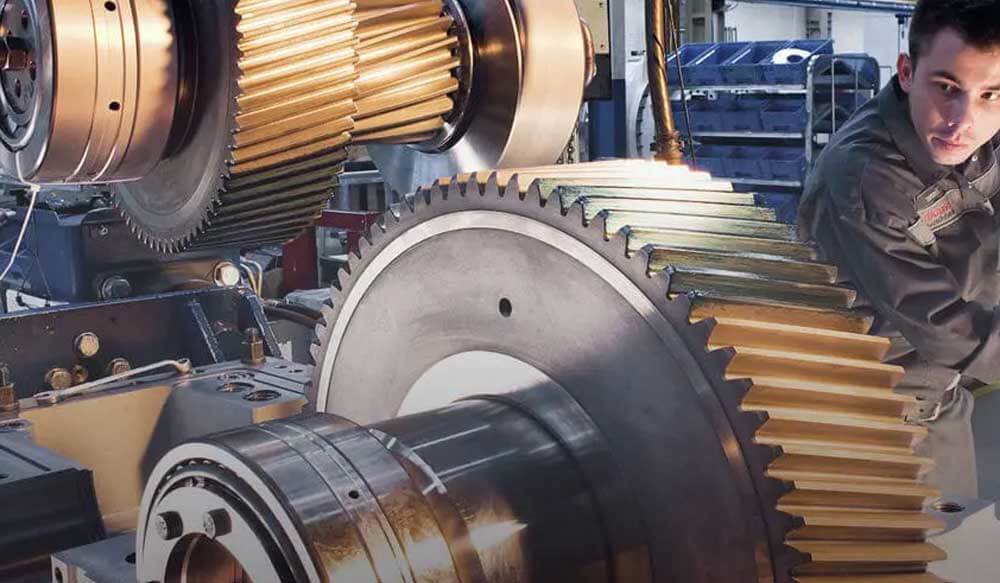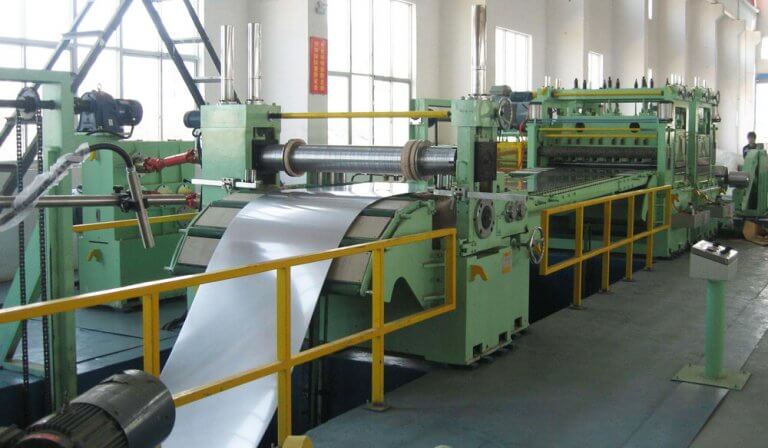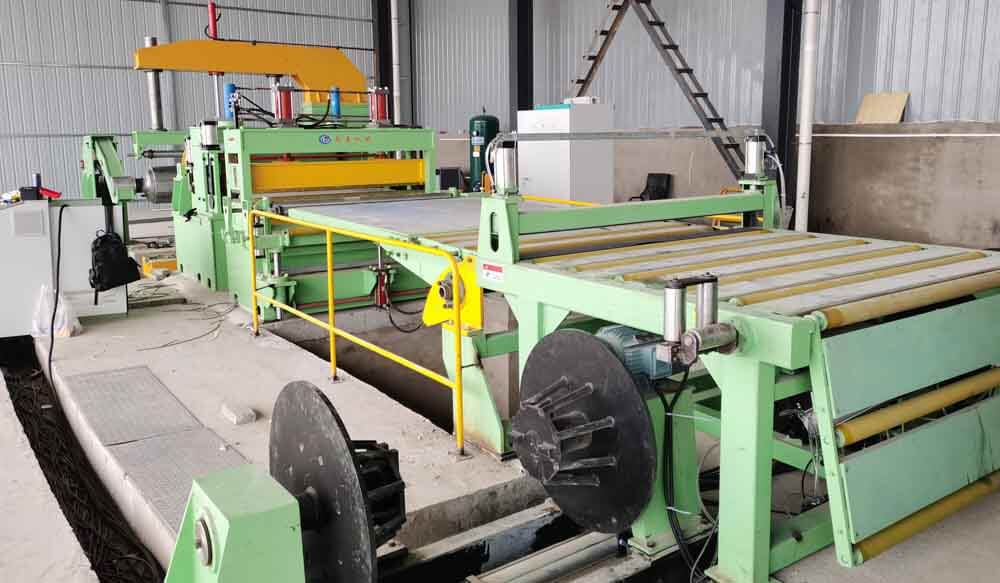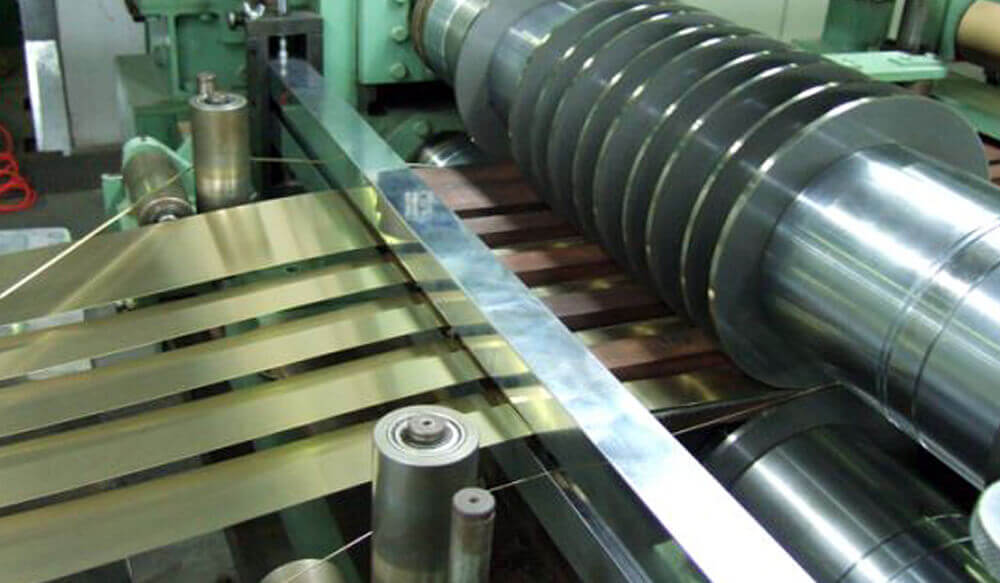
Classification of flattening machines

Flattening machine, a machine that performs a series of processing operations such as uncoiling, leveling, and shearing of sheet metal.
Common leveling machines can be roughly divided into three categories according to their processing capabilities:
which can basically meet various processing requirements?
Middle plate flattening machine
It is a special equipment for processing hot rolled coils, and the general processing capacity is 3mm to 14mm in thickness. In the early days, flatteners for medium plates could only open hot-rolled coils with a width of 1500mm. With the introduction of wide-width hot-rolled coils, the hot-rolled flatteners on all machining centers now generally can open hot-rolled coils with a width of 2000mm. Some hot-rolling flattening machines also have trimming function.
Thin plate opener
Generally, cold-rolled coils with a thickness of 0.3mm to 3.0mm can be processed. Early sheet leveling machines generally could only process cold-rolled coils with a width of 1300mm, but with the wide application of 1500mm cold-rolled coils, 1500mm-width flattening machines quickly occupied the market. The processing capabilities of cold-rolled flattening machines are mainly reflected in the aspects of leveling, surface protection, and stamping.
Precision small Kaiping
Generally refers to the leveling machine for cold-rolled coils with a processing width of less than 800mm, and the processing thickness is 0.3-3.0mm. Like the large-scale start-up of thin plates, it mainly processes high-demand cold-rolled coils, especially the surface protection requirements, which are generally higher. Its products are generally fixed-open thin plates, which are widely used in stamping, precision cutting, etc.




